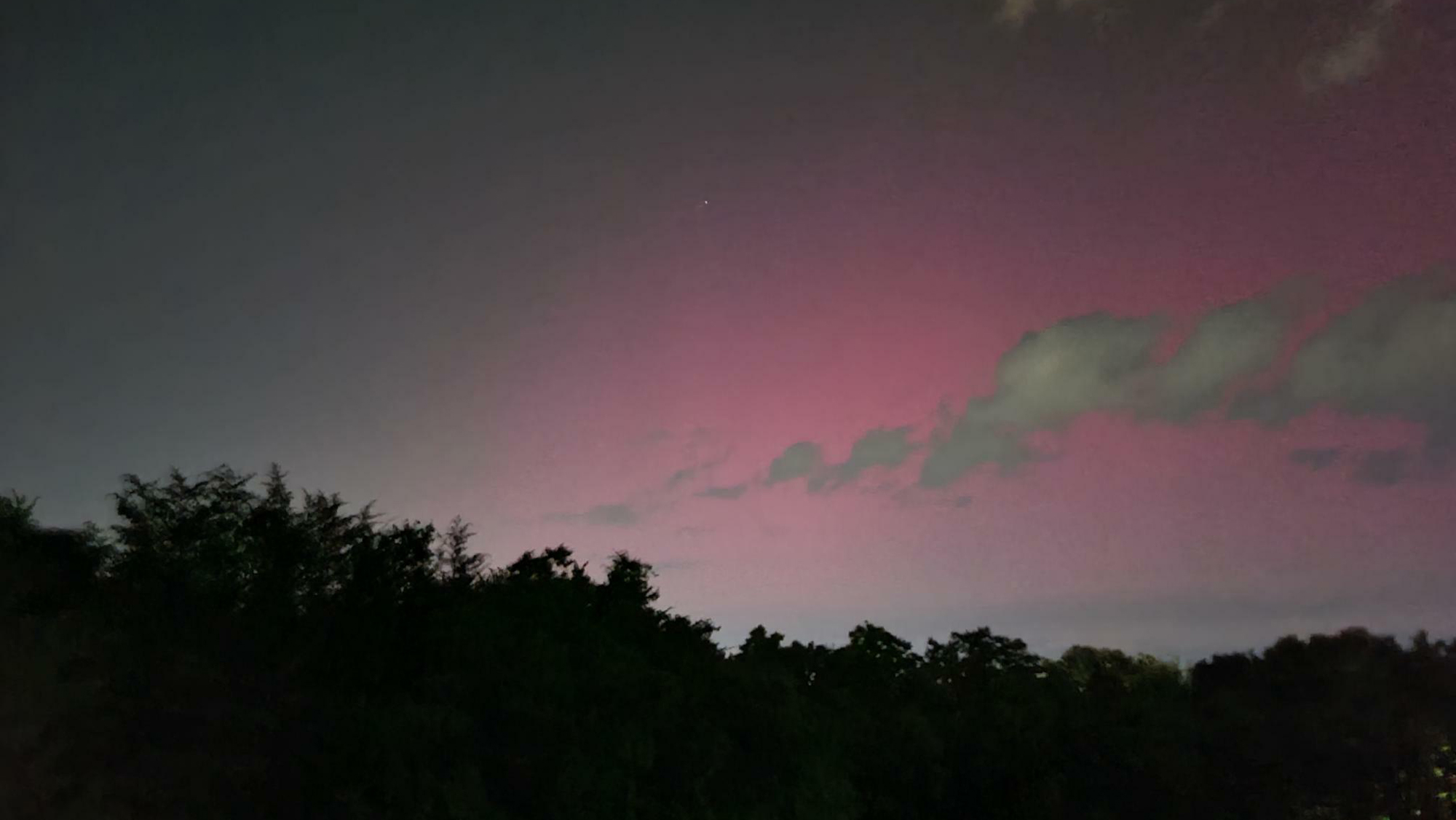
During a thunderstorm, you can feel rain pouring, see lightning flashing and hear wind howling. Unlike these phenomena, the Aurora Borealis cannot be heard or felt because it occurs through the earth’s magnetic field's invisible influence, noticeable only if you seek it out.
And while the Northern Lights may look mesmerizing, these silent solar storms flickering across the night sky can wreak havoc on the power grid and communication networks.
A team of researchers in the Department of Electrical and Computer Engineering at Texas A&M University, including Dr. Jonathan Snodgrass, a senior research engineer, and Dr. Thomas Overbye, a professor and the project’s principal investigator, are using real and synthetic grid models to research recommendations for power grid operators about how to lessen the impact of major solar storms on the grid.
"Think about it like an experiment in high school science class when you take a magnet and little iron shavings and line up the shavings with the magnet," Snodgrass said. "The magnetic shavings are the lights we see, and the magnet is the magnetic field. When the magnetic field starts to wobble around from a solar storm, we get the Northern Lights. It's interesting because most people wouldn't think about it. After all, it has no other effect except on communication and power systems."
Solar storms create a mostly direct current (DC) in the electric grid. Normally, the grid uses alternating current (AC) to produce and distribute power. When DC is on top of AC, it can cause issues with transformers, causing parts of the electric grid to trip. Depending on the category of the solar storm (G1-G5), the power system is affected, sometimes to a very large degree, pushing the Northern Lights farther south. Typically, a G1 is weak and a G5 is severe.
This year, a mild G5 geomagnetic disturbance (GMD) caused the Aurora Borealis lights to appear in Texas, visible from College Station.
"This was one of the biggest solar storms we've had in 20 years," Snodgrass said. "But it wasn't Superstorm Sandy-level. Our research focuses on answering the question: how bad could it be if we had a superstorm GMD event? How much damage would it do if we had a Carrington-level storm?"
Our research focuses on answering the question: how bad could it be if we had a superstorm GMD event? How much damage would it do if we had a Carrington-level storm?
Dr. Overbye and his team are using anecdotal evidence from the Carrington Event to reverse engineer how intense the storm was and use the data to prepare the grid for future superstorms. The 1859 Carrington Event is the largest recorded GMD event in history, named after English astronomer Richard Carrington, that greatly affected the telegraph system before the power grid was around.
"There were cases of people getting shocked by telegraph keys," Snodgrass said. "They even disconnected their voltaic batteries that powered the telegraph system and used the current induced by the solar storm in the air to send messages for hours."
A solar storm hit Quebec 130 years later in 1989 and caused a blackout for eight hours.
"Until the 1989 Quebec blackout, scientists knew GMDs could affect the electric grid, but they didn't fully realize their impact on the power grid," Snodgrass said. “The question is, how do you keep a storm from blacking out the entire grid for hours on end?”
Solar superstorms, like the one in Quebec, happen when the sun ejects plasma into space called coronal mass ejections (CMEs) that, very rarely, hit Earth. The sun has an 11-year solar cycle, and at the peak of the solar cycle, there are a lot more sunspots, which cause CMEs. There's a higher chance of GMDs happening closer to the solar peak, which we are only one to two years away from.
NASA has Geostationary Operational Environmental Satellites positioned around the sun to detect when a CME happens and to send advanced warnings to Earth.
“You don't have a great certainty as to how bad it will be until it gets a little closer,” Snodgrass said. “A CME first hits the satellites in Earth’s orbit, which have sensors that can predict whether it will be a G1-5. We then have about a few hours to a day's notice. This is why our research is so important because there needs to be a plan in place if, and when, we have a big superstorm, a category 5 or beyond.”
In the last 20 years, there have been large CMEs, but none of them have hit Earth. In 2003, there was a much bigger CME that passed right by Earth that might have been as big as the Carrington Event.
“It got people thinking, what if it had hit us?” Snodgrass said. “Between the ’89 storm and the 2003 near miss, it spurred a lot of this research. Dr. Overbye is one of the pioneers in this field of modeling geomagnetic storms and their impact on the electric grid.”
The team has a magnetometer network on Texas A&M System land they use to conduct experiments and record data, far away from metal and power lines. A magnetometer is like a very advanced compass, but instead of pointing north, it records fluctuations in the Earth's magnetic field.
“There’s been a massive resurgence of research in the power grid,” Snodgrass said. “A&M is so well positioned to conduct it because we have some of the best researchers in the world here.”
The geomagnetic disturbance research team also includes electrical and computer engineering faculty Dr. Kate Davis, associate professor, and Dr. Adam Birchfield, assistant professor. Additionally, the Texas A&M researchers are working on this joint project with Pacific Northwest National Labs and the Electric Power Research Institute.